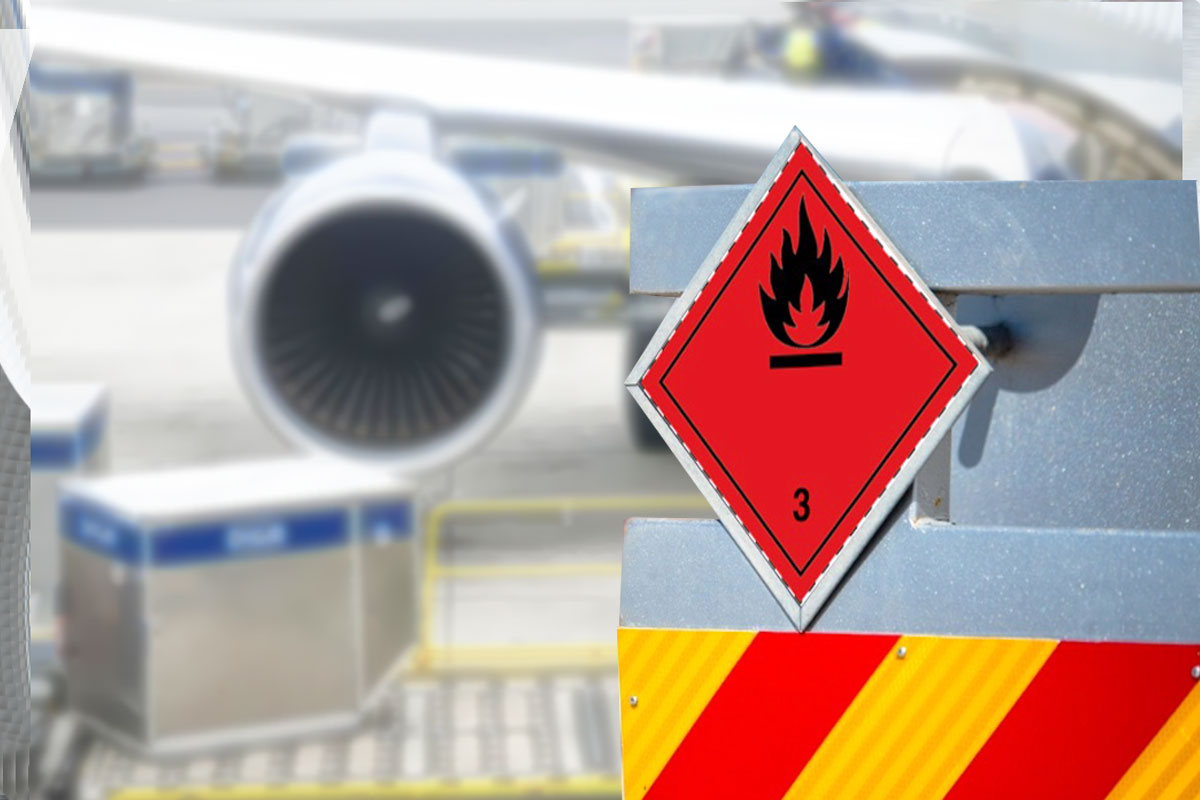Dangerous goods, also referred to as hazardous materials (HazMat), encompass a wide range of substances that, when transported, can present substantial risks to health, safety, and property. These substances may include flammable, corrosive, toxic, or explosive materials, among others.
Understanding the various classifications of dangerous goods is important to guarantee their secure handling and transportation, thereby mitigating potential hazards and safeguarding individuals, communities, and the environment.
Also, taking the necessary precautions and adhering to established safety protocols is crucial when dealing with these substances to prevent accidents, minimize risks, and ensure the well-being of all involved parties.
What are Dangerous Goods?
Dangerous goods can be defined as solid, liquid, or gaseous and have the potential to cause harm to humans, animals, property, or the environment. Chemical regulations frequently apply to them.
Asphyxiating, oxidizing, flammable, explosive, radioactive, toxic, pathogenic, allergenic, oxidizing, corrosive, and oxidizing materials are examples of dangerous goods.
These goods may also have other qualities that, under certain situations, make them dangerous, such as compressed gasses and liquids, heated materials, or any combination of these materials and chemicals.
Classifications of Dangerous Goods
The United Nations (UN) has established a universal system for the classification of dangerous goods. Here are the nine classes:
Class 1: Explosives
This class includes any substance or article designed to function by explosion or which, by a chemical reaction within itself, can produce gases at temperatures, pressures, or speeds that can cause significant damage. Examples of explosives include dynamite, fireworks, and blasting agents used in construction.
Class 2: Gases
Gases are classified into three categories: flammable gases (e.g., hydrogen, acetylene) that can easily catch fire or explode when exposed to a flame or spark; non-flammable, non-toxic gases (e.g., helium, neon) that do not burn or explode but may displace oxygen in an enclosed space; and toxic gases (e.g., chlorine, phosgene) that can be harmful or fatal if inhaled.
Class 3: Flammable Liquids
These are liquids, mixtures of liquids, or liquids containing solids that can become liquid under transport conditions, and have a flash point of not more than 60.5°C. Flammable liquids include gasoline, solvents, and certain types of paints. They can easily ignite and contribute to the spread of fires.
Class 4: Flammable Solids
This class comprises materials that release flammable gasses when they come into contact with water as well as materials that are prone to spontaneous combustion, which means they can catch fire without the need for an external ignition source. Examples of flammable solids are matches, certain metal powders, and some chemicals used in laboratories.
Class 5: Oxidizing Substances and Organic Peroxides
Oxidizing substances can cause or contribute to the combustion of other materials by providing oxygen. They can intensify fires and make them more difficult to extinguish. On the other hand, organic peroxides have the potential to be explosive, burn quickly, react severely with other compounds, or harm the eyes. They can also be sensitive to impact or friction. These materials are frequently employed in sectors including the pharmaceutical and chemical production industries.
Class 6: Toxic and Infectious Substances
Toxic substances are those that can cause death or injury if swallowed, inhaled, or through skin contact. Examples include certain pesticides, acids, and some industrial chemicals. Infectious substances contain pathogens, such as bacteria or viruses, that can cause diseases in humans or animals. These substances are typically found in medical and research settings.
Class 7: Radioactive Material
All items containing radionuclides that have activity concentrations and total activities greater than predetermined thresholds fall into this class. Radioactive materials find application in a multitude of disciplines, such as energy generation, research, and medicine. Because they could be harmful to your health, they need to be handled and transported differently.
Class 8: Corrosive Substances
Corrosive substances can cause severe damage upon contact with living tissues or, in the case of leakage, materially damage, or even destroy, other goods or the means of transport. Examples of corrosive substances include strong acids, alkalis, and some cleaning agents. They can cause burns, corrosion, or other damage to materials they come into contact with.
Class 9: Miscellaneous Dangerous Goods
These are substances and articles which, during transport, present a danger or hazard not covered by other classes. This class includes various items such as lithium batteries, magnetized materials, and environmentally hazardous substances. They may have specific transport requirements and precautions to ensure safety.
Importance of Proper Classification
Correct classification is not only the first but also the most crucial step in ensuring safe dangerous goods shipping. Misclassification, even the slightest error, can have severe consequences. It can lead to inappropriate handling, inadequate packaging, or improper stowing, all of which can significantly increase the risk of accidents.
Such accidents, in turn, can result in extensive damage, serious injuries, or even tragic loss of life. Therefore, meticulous attention to detail and adherence to proper classification procedures are of utmost importance to maintain the highest levels of safety in the transportation of dangerous goods.
Conclusion
A thorough understanding of the classifications for dangerous goods is not only a matter of regulatory compliance. It is a crucial aspect of ensuring safety. Properly categorizing these materials allows us to handle them with precision, significantly reducing the risk of accidents and safeguarding the well-being of individuals, properties, and the environment.
Accurate classification and meticulous dangerous goods shipping and handling can make all the difference between a successful delivery and a catastrophic outcome.







